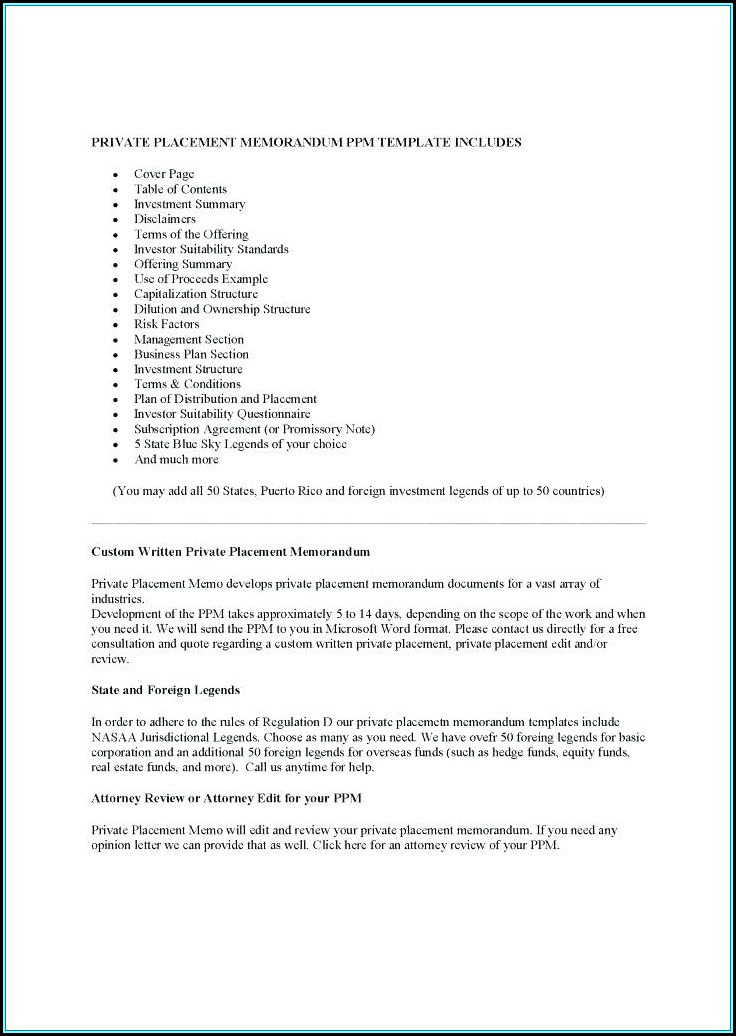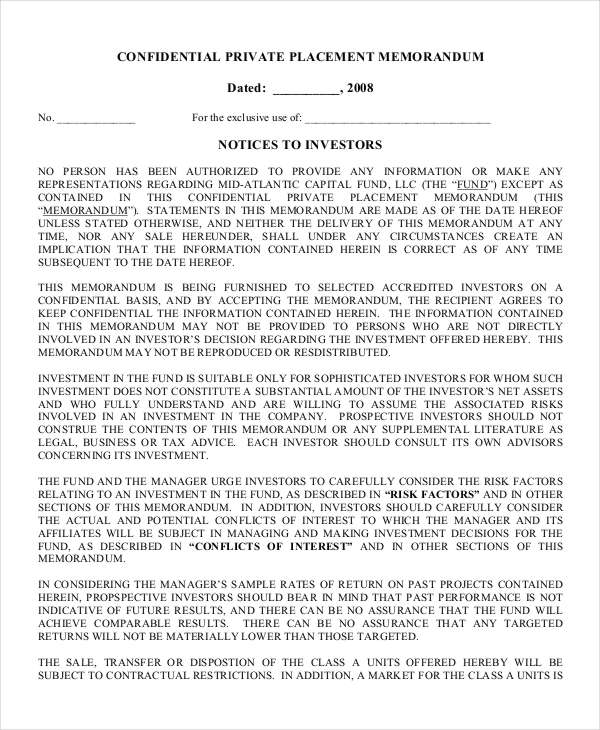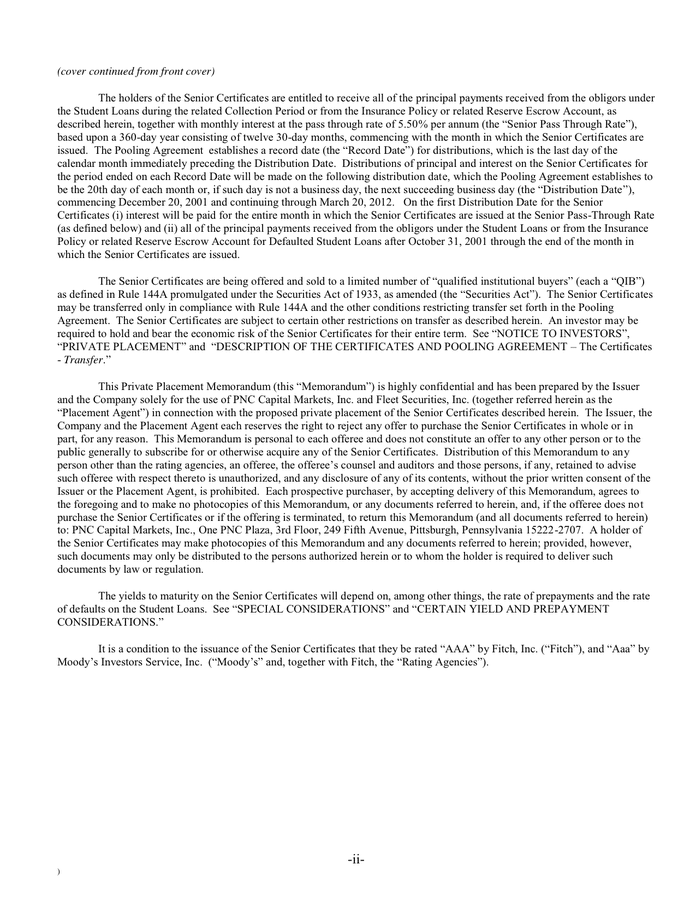
Give non-accredited investors specified disclosure documents (hence, the need for a private placement memorandum) and.Not sell securities to more than 35 non-accredited investors who all, either alone or with a purchaser representative (i.e., an investment advisor), meet the legal standard of having sufficient knowledge and experience in financial and business matters to be capable of evaluating the merits and risks of the prospective investment.Not use general solicitation or advertising.To qualify for the safe harbor, the business must: Put simply, this rule provides specific requirements that, if followed, firmly establish that the transaction falls within the private placement exemption. Rule 506(b) is the most common “safe harbor” for private placements. Rule 504 isn’t commonly used simply because of the dollar limit. This exemption also cannot be used by so-called “blank check companies,” i.e., those that have no specific business plan or purpose or simply plan to merge with or acquire unidentified companies.

Businesses cannot use general solicitation or advertising to market or sell the securities, and the securities are restricted, meaning that the investors cannot find a new buyer to get rid of their securities without first registering the securities or complying with one of these exemptions from registration. Rule 504 exempts the offer and sale of up to $1 million in securities in a 12-month period. Form D puts the SEC on notice of the amount and nature of the offering being undertaken in reliance on the exemption from registration. There are three Regulation D exemptions (Rules 504, 506(b), and 506(c)), all of which require a notice filing on Form D with the SEC within 15 days after the first sale of securities in the offering. The Regulation D safe harbor provisions provide more detailed information to help businesses qualify for one or more of the exemptions. Under the general private placement exemption, investors must be given access to the type of information normally provided in a prospectus for a registered securities offering. Generally, a business will issue a PPM to its investors in order to comply with either the general private placement exemption or the more specific Regulation D Safe Harbor provisions.


Why does a business need to issue a private placement memorandum? The PPM provides investors with quite a bit of detail about the business they will be investing in as well as all of the material terms of the investment deal. As the name implies, PPMs are used in private offerings, i.e., offers to invest in companies that are not publicly traded, including privately owned businesses. A private placement memorandum (or PPM) is a disclosure document that the business issues to potential investors who are considering investing in the document.
#PRIVATE PLACEMENT MEMORANDA REGISTRATION#
When raising money from investors, it’s common to issue a document known as a private placement memorandum (or sometimes called an offering memorandum) in order to comply with one or more exemptions to registration under federal and state securities laws.


 0 kommentar(er)
0 kommentar(er)
